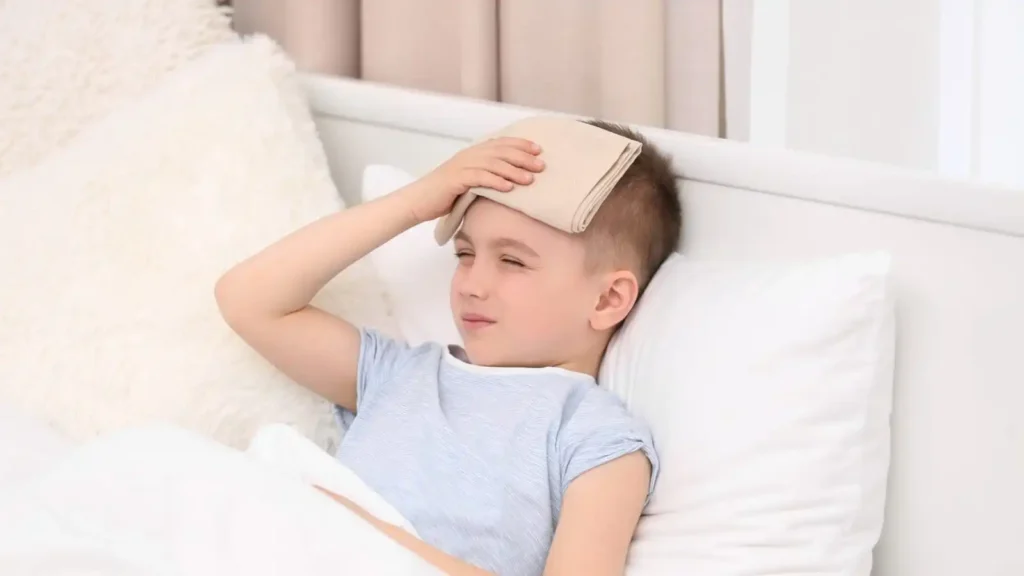
Top 5 Reasons for One-Sided Headache & How to Get Instant Relief
One-Sided Headache: Headaches are a common health issue, but when the pain is localized to just one side of the head, it can point to specific underlying conditions. A one-sided headache may range from mild discomfort to severe, debilitating pain and should not be ignored—especially if it occurs frequently or is accompanied by other symptoms. Here’s a detailed look at the possible causes, symptoms, and treatment options for one-sided headaches.
Table of Contents
ToggleCommon Causes
- Migraine:
One of the most common causes of one-sided headaches, migraines usually present as throbbing or pulsating pain on one side of the head. They can last for hours or even days and are often accompanied by nausea, vomiting, sensitivity to light and sound, and sometimes visual disturbances known as auras. - Cluster Headache:
A less common but extremely painful condition, cluster headaches involve sharp, burning pain around one eye or temple. These headaches typically occur in cyclical patterns or “clusters” and may strike at the same time each day for weeks. - Sinus Infection (Sinusitis):
Inflammation or infection of the sinuses can lead to one-sided facial or forehead pain. This type of headache is often accompanied by nasal congestion, fever, and pressure behind the eyes or cheeks. - Tension Headache:
Though usually felt on both sides, tension headaches can sometimes affect just one side. They are typically caused by stress, poor posture, or muscle strain and feel like a dull, tightening pressure. - Trigeminal Neuralgia:
This is a nerve-related condition that causes intense, shooting pain on one side of the face, often mistaken for a headache. It’s caused by irritation of the trigeminal nerve and may require neurological evaluation. - Temporomandibular Joint (TMJ) Disorder:
TMJ issues can cause pain around the jaw that radiates to one side of the head, especially during chewing or talking.
Read More: Best Home Remedies for Pimples and Acne: Clear Your Skin Naturally
Symptoms to Watch For
- Throbbing, stabbing, or burning pain on one side of the head
- Nausea or vomiting
- Sensitivity to light, sound, or smells
- Eye redness or tearing (especially in cluster headaches)
- Nasal congestion or facial pressure
- Visual disturbances or aura
When to See a Doctor
Seek medical attention if:
- The headache is sudden and severe (“thunderclap headache”)
- It’s your first time experiencing such pain
- It comes with confusion, weakness, speech trouble, or vision changes
- The pattern of headaches changes
- Over-the-counter medicines don’t help

Treatment Options
- Home Remedies:
- Rest in a quiet, dark room
- Apply a cold or warm compress to the affected side
- Stay hydrated
- Use relaxation techniques like deep breathing or meditation
- Medications:
- Over-the-counter pain relievers (ibuprofen, acetaminophen)
- Prescription migraine medications (triptans)
- Preventive drugs (beta-blockers, antidepressants, anticonvulsants)
- Oxygen therapy for cluster headaches
- Lifestyle Changes:
- Regular sleep schedule
- Balanced diet and hydration
- Avoid known headache triggers (certain foods, stress, screen overuse)
- Limit caffeine and alcohol intake
Conclusion
A one-sided headache can have various causes—some harmless and some serious. Understanding the nature and pattern of the pain is crucial in identifying the root cause. If the headache is persistent, worsening, or unusual, it’s best to consult a healthcare provider for proper diagnosis and treatment. Early attention can prevent complications and improve your quality of life.

